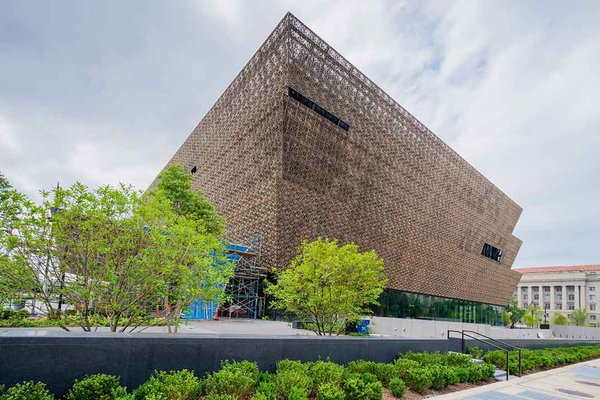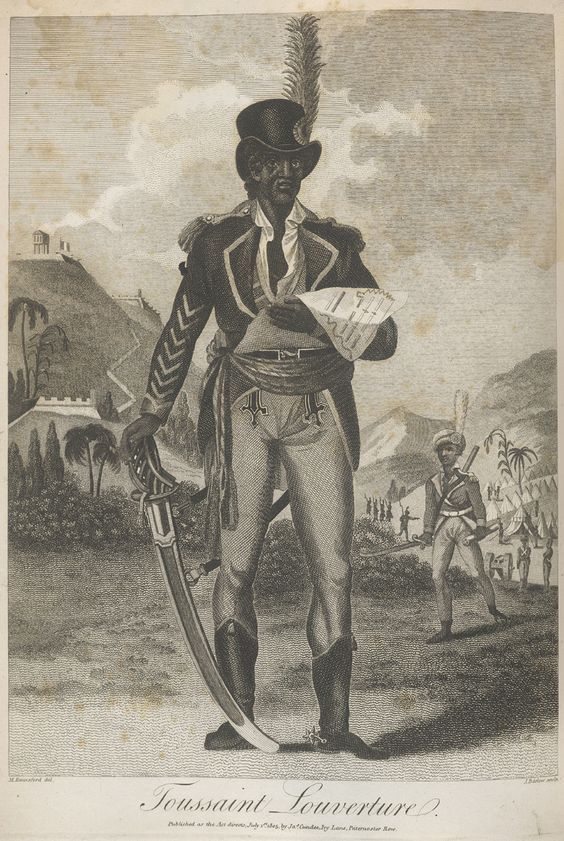
By NAN Staff Writer
News Americas, WASHINGTON, D.C., Fri. Sept. 30, 2016: The US’ National Museum of African American History and Culture is meant to document the history of blacks in America but an undeniable link between the Caribbean and African American history is on display at the new US museum, which opened officially on September 24, 2016 in a ceremony led by the US’ first black President, Barack Obama.
Correspondence and paintings of a Caribbean hero is among the 37,000 museum pieces currently on display in the building on the National Mall in Washington, D.C. while a reflecting pool at the South Entrance, teeming with calm water welcomes visitors to “The Porch,” the museum’s main entrance on the National Mall, which draws on architectural traditions from Africa and its Diaspora, particularly the American South and the Caribbean.
Visitors will be able to see eight items relating to Haitian slave revolt leader Toussaint L’Ouverture. They include a manuscript letter signed by him (which is accompanied by translation), and seven portraits of him – two watercolors and five prints.
The manuscript is of a pre-printed official letterhead stationery sent by L’Ouverture to Mr. Tobias Lear, general agent of U.S. trade in Santo Domingo, 25 November 1801, in which he thanks Lear for a translation of a letter concerning obtaining a horse for him. Louverture emphasizes several times that the color of the horse is of no significance as long as the horse is swift.

Some of the portraits are illustrated in the exhibition catalog by Fritz Daguillard and include”Enigmatic in His Glory: Toussaint Louverture (1743-1803)” and Musee du Pantheon National Haitien, Port-au-Prince, Haiti, 28 March-22 April 2003.
François-Dominique Toussaint Louverture also known as Toussaint L’Ouverture or Toussaint Bréda, was the leader of the Haitian Revolution – the first Black insurrection – that occured on November 1791. He first fought for the Spanish against the French; then for France against Spain and Britain; and finally, for Saint-Domingue (modern Haiti)’s colonial sovereignty against Napoleonic France. He then helped transform the insurgency into a revolutionary movement, which by 1800 had turned Saint-Domingue, the most prosperous slave colony of the time, into the first free colonial society to have explicitly rejected race as the basis of social ranking.
Though L’Ouverture did not sever ties with France, his actions in 1800 constituted a de facto autonomous colony. The colony’s constitution proclaimed him governor for life even against Napoleon Bonaparte’s wishes. He died betrayed before the final and most violent stage of the armed conflict. However, his achievements set the grounds for the Black army’s absolute victory and for Jean-Jacques Dessalines to declare the sovereign state of Haiti in January 1804.
L’Ouverture’s prominent role in the Haitian success over colonialism and slavery has earned him the admiration of friends and detractors alike.
The US and Haiti’s history is inextricably linked to today. The long, interwoven history of Haiti and the United States began on the last day of 1698, when French explorer Sieur d’Iberville set out from the island of Saint Domingue (present-day Haiti) to establish a settlement at Biloxi, on the Gulf Coast of France’s Louisiana possession. Between the 1790s and 1809, large numbers of Haitians of African descent migrated to Louisiana.
And a Haitian, Jean Baptiste Point du Sable, is regarded as the founder of living in Chicago in early 1790.
After Haiti gained its independence from France in 1804, through slave rebellion, the pro-slavery south worried this event could influence slaves in the US, and America refused to recognize Haiti’s independence until 1862. President Andrew Johnson suggested annexing the island to secure influence over Europe in the Caribbean and later, on the authority of US President Woodrow Wilson, the US sent marines to occupy Haiti from 1915 to 1934.
Prior to the occupation, the U.S. military took control of the banks and collected $500,000 to hold in New York. It also repealed an 1804 provision that forbade foreigners from owning land in Haiti. This occupation impacted the nation’s economy as well as the people’s self-image and independence. Ultimately, Haitians united in resistance of the U.S. occupation and U.S. forces left in 1934.
Today, some policy experts argue that the U.S. policy of interventions over the decades in Haiti have made problems worse there and made the country’s well-being a U.S. responsibility












